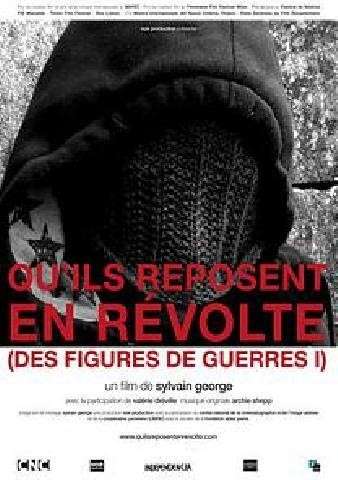Mihály Szendrey – Nunta la Arad (1913)
One of the oldest documentaries filmed in Romania today that is still preserved, Wedding in Arad is a production during the Austro-Hungarian occupation of Transylvania – a period when film production flourished in the region under the influence of Hungarian filmmakers. Born in 1866, Szendrey began his career in acting and theater directing, as did many early film directors, which can be seen in his favorite use of space and theatrical conventions in the productions of the era. A convention visible both at the beginning and at the end of the film: the actors appear behind a curtain, and the last minutes of the film are a recording of a show that seems to be adapted after the life of Napoleon Bonaparte.
Produced in collaboration with the production and distribution company Projectograph in Budapest, Mihály Szendrey’s debut combines elements of fiction and documentary to capture the ritual of a wedding – on the one hand, the bride and groom and some of the supporting characters seem to be played by actors from The National Theater in Arad (whose director was Szendrey), but given the massive figuration of the film and the euphoric attitude of the masses, it is easy to deduce that many of their reactions were spontaneous. Although not much happens in the film from a narrative point of view (we see the wedding celebration in the market and the happiness of the community, a small ritual and the marriage ceremony), the images it captures are among the few that survive from the pre-war period, especially in Transylvania – a region where film production flourishes under imperial influence and which disappears with the reunification of principalities. And we don’t find out much about the wedding in the film, apart from the fact that after the wedding they dress in social clothes and go to the theater (a little self-reflective of the filmmaker). But what can be said with certainty is that their passionate kiss in the center of the film is probably the oldest kiss that survives in Romanian cinema.
Text: Flavia Dima
528MB | 13m 12s | 1920×1080 | mkv
https://nitro.download/view/57A41D9478C292B/Nunta_la_Arad.mkv
https://nitro.download/view/99FEAD55358838C/Nunta_la_Arad.srt
Language:None
Subtitles:English






![George A. Romero - Night of the Living Dead [+commentaries] (1968) George A. Romero - Night of the Living Dead [+commentaries] (1968)](https://imagizer.imageshack.com/v2/xq90/924/u6J70C.jpg)


Unfortunately, the above commentary is somewhat misleading. This short film, or rather an asembly of two shorts was a movie insert in the theatre of Arad, during the performance of a popular operetta of the epoch “Mozikirály” in the season 1913/14. This operetta (Original title “Filmzauber”, authors Bredschneider, Willy, Kollo, Walter, Szirmai Albert – music, text by Bernauer, Rudolf, Schanzer, Rudolf, Hungarian stage adaptation by Harsányi Zsolt ) was first performed in Budapest, with a film insert (most probably lost) directed by Mihály Kertész (director of the first Hungarian Feature film in 1912) , who later moved to the US to become Michael Curtiz (Casablanca etc.). Following the success of the operetta in the capital, several theatres in the country staged the blockbuster, with musical additions, each having a film insert of its own. The direction of the Arad theatre commissioned the film insert from the same Budapest company (Projectograph) that made the Budapest version. There is unfortunately no direct evidence that the director of the present insert would have been the director Szendrey, although his contribution must have been enormous. The filming locations were carefully selected to provide a showcase of the famous buildings and the main square of the city of Arad and several rehearsals were held especially because of the equestrian scenes. Filming took place on 14 December, 1913, followed by the premiere of the piece on stage (directed by Sándor Polgár) on 19 December. It was an immediate success, and was played with full house eight times subsequently, and held the stage for the whole season. The film insert, apart from the introductory presentation and farewell of the artists, contains two parts: a marriage scene in the city of Arad, and a scene of “Napoleon und die Müllerin”. The marriage scene is rather a caricaturistic scene of carousing people and in my opinion is by far not sponaneaous. In the year of the production, Arad was part of Hungary, within the Austro-Hungarian Monarchy, a flourishing and highly developed industrial town in the Transylvania region, with a vast majority (73 %) of Hungarian inhabitants vs 16 % Romanians. It was ceded to Romania only in 1920 – under the Treaty of Trianon. So whatever took place in the territory of the present day Romania is not necessarily part of Romanian history, and this short film prepared by Hungarians, played by Hungarian actors as well as the kissing is not part of Romanian cinema. Thanks for preserving and displaying this old gem.
Source: Az aradi magyar színjátszás 130 éve, 1818-1948. Vol. II. (130 years of dramatics in Arad) Piroska Katalin and Piroska István, IJK, 2017